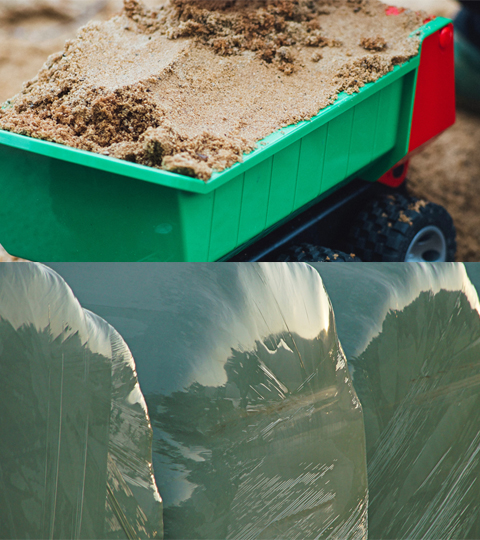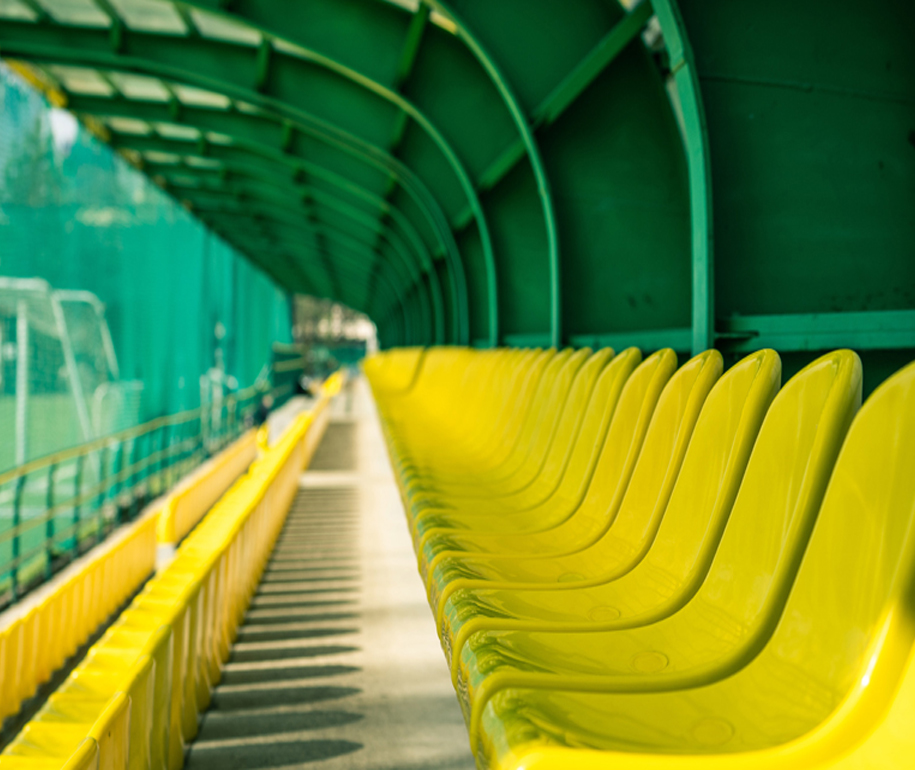







Almost all plastics are susceptible to deterioration when exposed to heat, light (esp. UV light) and oxygen alone or in combination and thus an effective and balanced stabilization package is required for virtually any plastics application exposed to these elements.
A) Other additives desired to be added
B) The surrounding environmental factors eg. chemical exposures from pesticides
C) Thickness of the product
D) Intended service lifetime
E) Clear or pigmented application
F) Geography which determines quantum of incident solar radiation
Plastics lose their physical and mechanical properties when exposed to solar radiation esp. the UV spectrum. In presence of Heat and Oxygen and under the influence of photo-radiation a chain scission cycle sets off generating free radicals. It is essential to stop this cycle to prevent photo-thermo-oxidative degradation of polymer which would otherwise lead to product failure. A distinct loss in tensile strength, impact strength, elongation properties as well as chalking, cracking are typical manifests.
UV or light stabilizers are either UV absorbers which absorb the UV light and dissipate as other energy form OR HALS (Hindered Amine Light Stabilizers) which trap free radicals and break the thermo-oxidative degradation cycle OR Nickel Quenchers which quench excited polymer degradation moieties.
Since these three groups differ in their mechanisms their combination is generally used in the stabilization package depending upon end application.
The applications of UV stabilizer masterbatch are diverse and all products subject to outdoor weathering and UV radiation need UV stabilizers. Typical applications are Injection moulded articles like Crates, Furniture, Rotomoulded articles – water storage tanks, toys and children play area products like slides, automotive interior and exterior components, agricultural green house, mulch and tunnel films, shade nets, tarpaulins and geo membranes, fibres and tapes, non woven applications etc.
